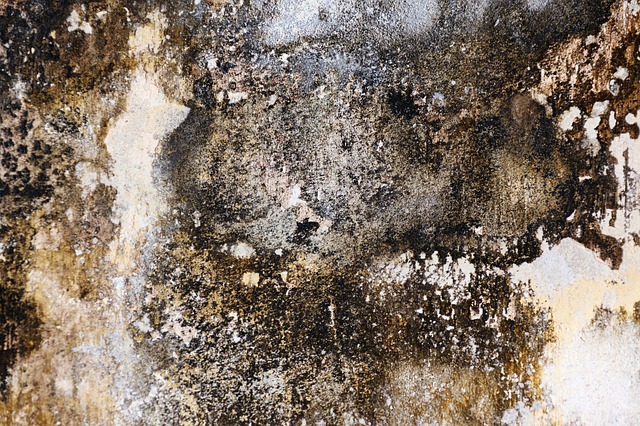Mould growth in buildings
Contents |
[edit] Introduction
Mould (sometimes referred to as mildew) is a fungal growth. Whilst mould itself is not toxic, some moulds can produce toxins that can have negative effects on human health, for example causing asthma, rhinitis, itchy eyes, respiratory symptoms, respiratory infection and eczema.
Mould in buildings can be visible or can be hidden, but it is generally an indication of a defect such as thermal bridging, condensation, leaks or penetrating or rising damp.
Mould requires four factors for growth:
- Mould spores.
- Food.
- Appropriate temperature.
- Moisture.
[edit] Spores
Mould spores are microscopic (ranging from 3 to 40 microns) and ubiquitous in the environment. Mould spores can be found floating in the air and in normal house dust. It is not generally practical therefore to eliminate mould spores and this is not a strategy for controlling mould growth.
[edit] Food
Mould will feed on any substance that contains carbon atoms (such as organic substances). Many of the natural materials found in the built environment provide suitable food for mould, such as timber and paper. Removing sources of food for mould from an environment is generally impractical.
[edit] Appropriate temperature
The majority of moulds grow well in a range of temperatures similar to those that humans require. This temperature range is wide, and even temperatures close to freezing will not prevent growth. In warmer environments, moulds will thrive. It is generally impractical therefore to control mould growth through temperature.
[edit] Moisture
Most moulds require relatively high levels of moisture in order to grow. The majority require an equivalent of at least 70% relative humidity to thrive and most large mould outbreaks in buildings, occur where porous, cellulose-type materials contain persistent liquid water or condensation.
Humans typically prefer humidity levels below 70% and so limiting moisture availability and killing and removing active mould colonies is generally the easiest method of control.
For more information, see Moisture.
[edit] Methods for reducing moisture levels
In Europe, depending on the country, it is estimated that between 10% and 50% of buildings are damp (ref. WHO Europe, Damp and mould, Health risks, prevention and remedial actions 2009).
Moisture levels can be reduced through a number of measures:
- Natural or mechanical ventilation.
- Use of de-humidifiers or air conditioning units.
- Insulation of cold surfaces, such as pipes.
- Increasing air temperature.
- Removing sources of moisture such as drying clothes and ensuring vented tumble dryers are appropriately vented to the outside.
- Mending leaking pipes, wastes and overflows.
- Eliminating rising damp and penetrating damp.
[edit] Related articles on Designing Buildings
- Approved Document C.
- Condensation.
- Damp and timber report.
- Damp proofing.
- Degradation of construction materials.
- Dry rot fungus.
- Humidity.
- Moulds in historic buildings.
- Moisture.
- Penetrating damp.
- Recognising wood rot and insect damage in buildings.
- Rising damp.
- Rising damp in walls - diagnosis and treatment (DG 245).
- Ventilation.
- Wet rot.
[edit] External references
Featured articles and news
Infrastructure that connect the physical and digital domains.
Harnessing robotics and AI in challenging environments
The key to nuclear decommissioning and fusion engineering.
BSRIA announces Lisa Ashworth as new CEO
Tasked with furthering BSRIA’s impressive growth ambitions.
Public buildings get half a million energy efficiency boost
£557 million to switch to cleaner heating and save on energy.
CIOB launches pre-election manifesto
Outlining potential future policies for the next government.
Grenfell Tower Inquiry announcement
Phase 2 hearings come to a close and the final report due in September.
Progress from Parts L, F and O: A whitepaper, one year on.
A replicated study to understand the opinion of practitioners.
ECA announces new president 2024
Electrical engineer and business leader Stuart Smith.
A distinct type of countryside that should be celebrated.
Should Part O be extended to existing buildings?
EAC brands heatwave adaptation a missed opportunity.
Definition of Statutory in workplace and facilities management
Established by IWFM, BESA, CIBSE and BSRIA.
Tackling the transition from traditional heating systems
59% lack the necessary information and confidence to switch.
The general election and the construction industry
As PM, Rishi Sunak announces July 4 date for an election.
Eco apprenticeships continue help grow green workforce
A year after being recognised at the King's coronation.
Permitted development rights for agricultural buildings
The changes coming into effect as of May 21, 2024.






















